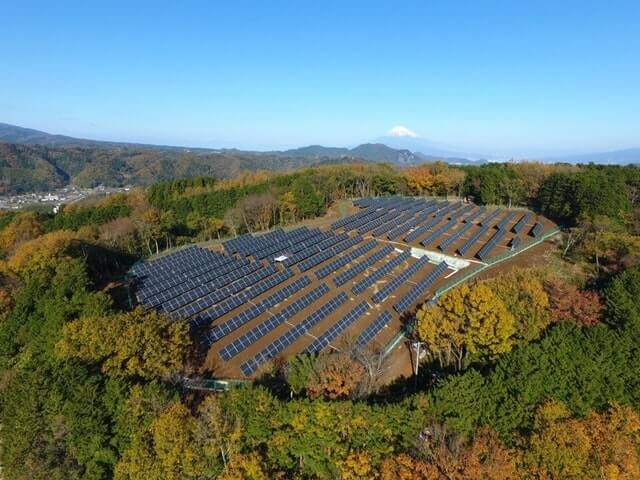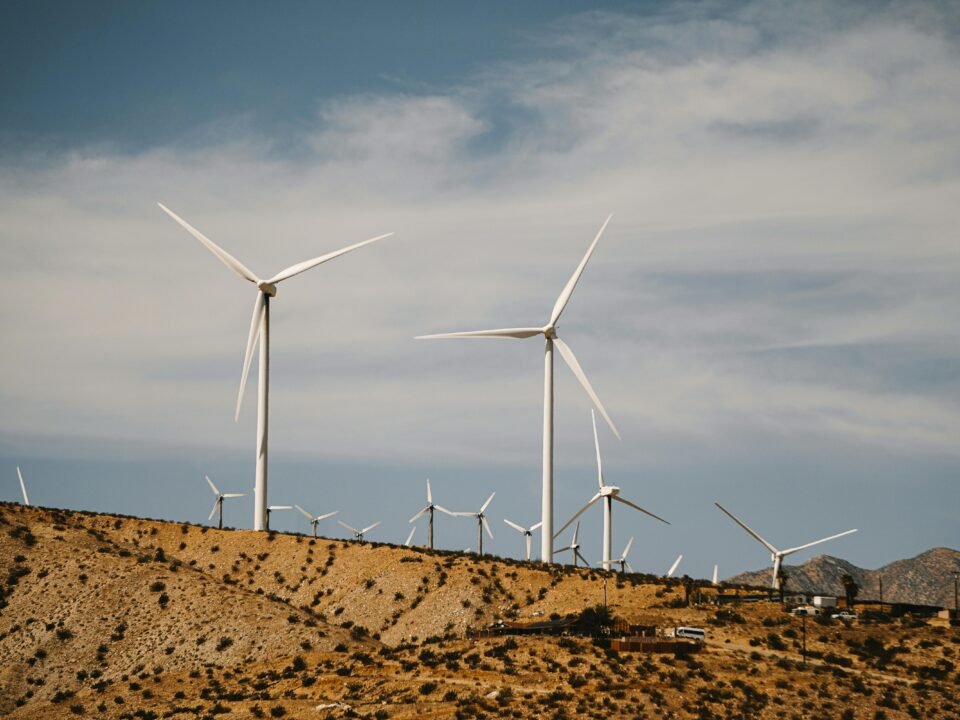In 90 minutes, the amount of sunshine that touches the earth’s crust would be enough to
run the entire world’s energy usage for like a year. Photovoltaic (PV) panels or reflectors
that focus on solar radiation are used in solar systems to transform sunlight into electrical
energy. This energy is then converted into electricity or stored in the battery or thermal
energy storage.
A solar plant is any form of structure that processes solar power into energy, both directly
or indirectly. They come in a range of shapes and sizes, each employing various
methodologies to capture the sun’s energy.
Photovoltaic power plants convert sunlight into usable energy by employing vast regions of
photovoltaic cells, also referred to as PV or photovoltaic concentrators. Solar cells are often
built of silicon compounds and are the innovation that most people are familiar with, you
might also have one of those on your rooftop.
Photovoltaic panels are used to provide energy to electronic gadgets. Solar collectors, on
the other hand, are designed to warm up your residence. The panels come in a variety of
shapes and sizes:
Crystalline solar panels:
Crystalline solar panels: They could be monocrystalline or polycrystalline monocrystalline
varieties are often more efficient but more pricey than their alternatives. However, advances
are gradually decreasing the difference between both.
Thin-film solar panels:
Solar panels of this type produce electricity, which is usually delivered directly into the
power network or stored in the battery. Inverters are required to convert DC to AC in these
plants.
A solar thermal power plant
Solar thermal power plants concentrate or concentrate sunlight in terms of generating
steam, which is then used to power a generator. Solar thermal power plants can be further
classified into three categories:
A trough with a linear, parabola, and Solar Dish Power Plants (Solar Thermal)
The most prevalent types of solar power plants are those that use linear collectors,
parabolic trough curators, or solar dishes in their fields. A vast ‘sheet’ of parallel lines of
solar arrays is common within those types of facilities.
Operation of a solar PV power plant
Solar Photovoltaic power plants operate in the same way as small-scale Photovoltaic
systems do at home.
Usually, solar Photovoltaic panels are made of transistors, most often silicon. When photons
from the sun reach a semiconductor material, free electrons are generated, which can then
travel through the substance to generate electrical impulses.
The photon energy is operated in this phenomenon. Before it can be immediately consumed
or supplied into the electricity network, the DC must first be transformed to ac power (AC)
using an inverter.
Conclusion
With Alfa Infaprop, you can utilize this environmentally friendly solution without
contaminating the environment or the air. You will not be a part of the global warming
problem. The primary advantage of a solar power plant is that it will reduce your energy
consumption and save you a significant amount of money. Because the sunlight is so bright,
you won’t have any trouble generating enough electricity to produce your home. Sunlight
will be converted into energy by solar power plants.




